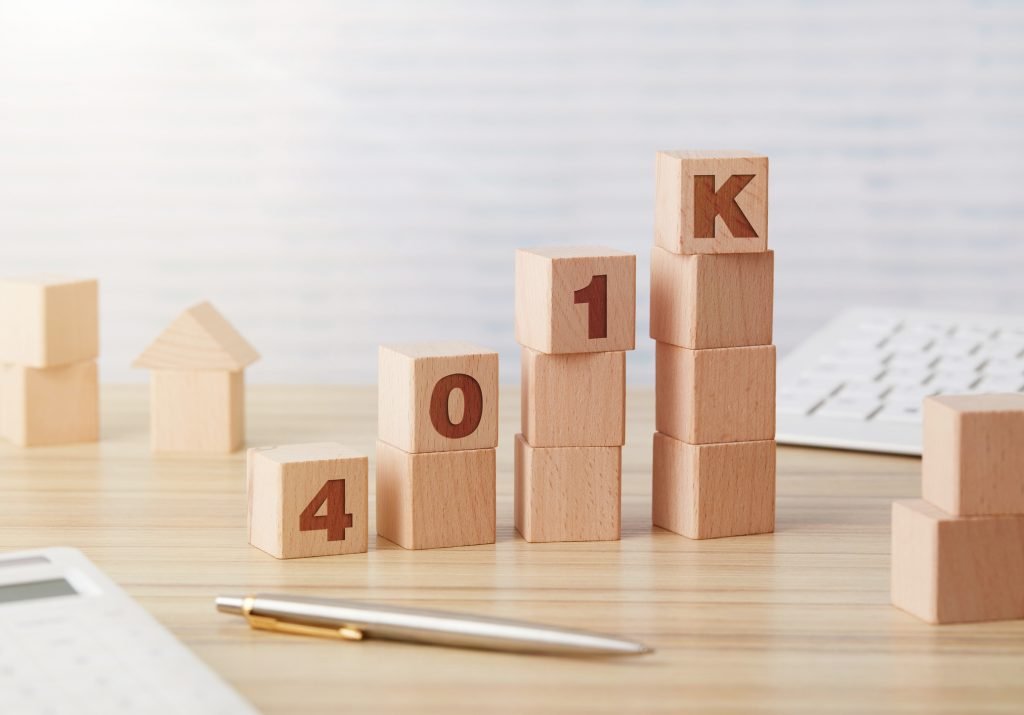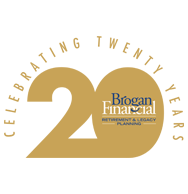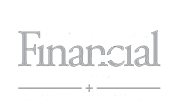4 Reasons to Have a 401(k) Strategy

- August 23, 2021
- Featured, IRA's, 401(k)'s, and Retirement Accounts

If you’ve saved a substantial amount in a tax-deferred retirement account, it will no doubt be instrumental in retirement. The next step is to strategize how you’ll use those savings. There are several important things to know about your 401(k), such as how much you can contribute, options for your 401(k) when you leave your job, and how RMDs work. Here are four reasons to have a 401(k) strategy.
You Have Options for Old 401(k)s
When you leave a job, you can either cash out of your 401(k), roll it over into a 401(k) at your new job, leave your money in the old 401(k) with your former employer, or roll it over into an IRA.[1] While you can usually leave your 401(k) with your former employer, this can complicate your finances if you end up with multiple 401(k)s. Cashing out could mean a large tax burden since funds will be taxed as ordinary income, but you could roll your old 401(k) into a new one and avoid paying tax on the funds directly rolled over. If you are retiring, aren’t going to a new job right away, or want more investment options, you can roll your old 401(k) into an IRA without paying tax on the funds rolled over.[2]
You Can Make “Catch-Up” Contributions Starting at Age 50
Starting at age 50, you can contribute more to your 401(k) each year. In 2021, workers under 50 can contribute up to $19,500 to a 401(k), 403(b), most 457 plans, or Thrift Savings Plan. Workers 50 and over can contribute an additional $6,500 in 2021, for a total of $26,000 per year.[3] Those age 50 and older can contribute up to $7,000 to an IRA.[4]
401(k)s Distributions Are Taxable
You’re probably worried about your 401(k) in the event of a market crash, but what about when you pay taxes on distributions? Taxes could be your biggest expense in retirement. Distributions from traditional retirement accounts such as IRAs, 401(k)s, 403(b), 457, and Thrift Savings plans are taxed as ordinary income. If you plan on getting most of your retirement income from these sources, keep in mind that it can potentially affect your tax burden in retirement. Also, remember that at age 72, you will most likely be required to take minimum withdrawals from your tax-deferred retirement accounts. If we see taxes rise in the future, a withdrawal strategy for your tax-deferred retirement accounts could be particularly important.
You Need to Name a Beneficiary to Your Retirement Accounts
Many people may not know that their will does not control who inherits all of their assets, such as retirement accounts, life insurance, and annuities. In order to pass these on, you must name a beneficiary. If you don’t, these assets will likely be paid to your probate estate, possibly triggering income tax. Don’t forget to distinguish family members of the same name with signifiers like Sr. and Jr., and update last names in the cases of marriage and divorce.
In retirement, you will transition from savings to spending. This is a huge financial transition, and a comprehensive retirement plan is essential. We can help you create a 401(k) strategy, tax burden minimization plan, and estate plan as part of an overall financial strategy. Click here to sign up for a complimentary financial review to get your questions answered.
[1] https://www.irs.gov/retirement-plans/plan-participant-employee/retirement-topics-termination-of-employment
[2] https://www.investopedia.com/ask/answers/12/401k.asp
[3] https://www.irs.gov/newsroom/401k-contribution-limit-increases-to-19500-for-2020
[4] https://www.irs.gov/retirement-plans/plan-participant-employee/retirement-topics-401k-and-profit-shar-ing-plan-contribution-limits


